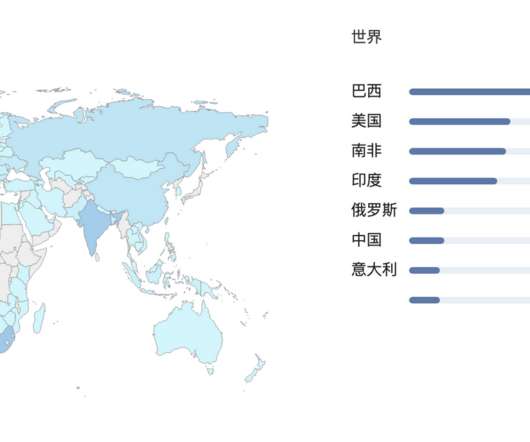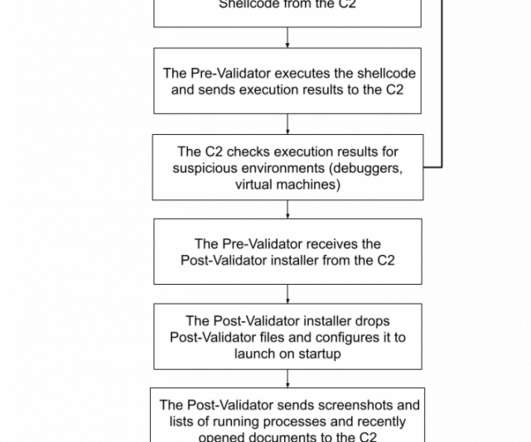New Ttint IoT botnet exploits two zero-days in Tenda routers
Security Affairs
OCTOBER 5, 2020
Unlike other IoT DDoS botnets, Ttint implements 12 remote access functions such as Socket5 proxy for router devices, tampering with router firewall and DNS settings, executing remote custom system commands. According to the experts, Tenda routers running a firmware version between AC9 to AC18 are vulnerable to the attack.















Let's personalize your content